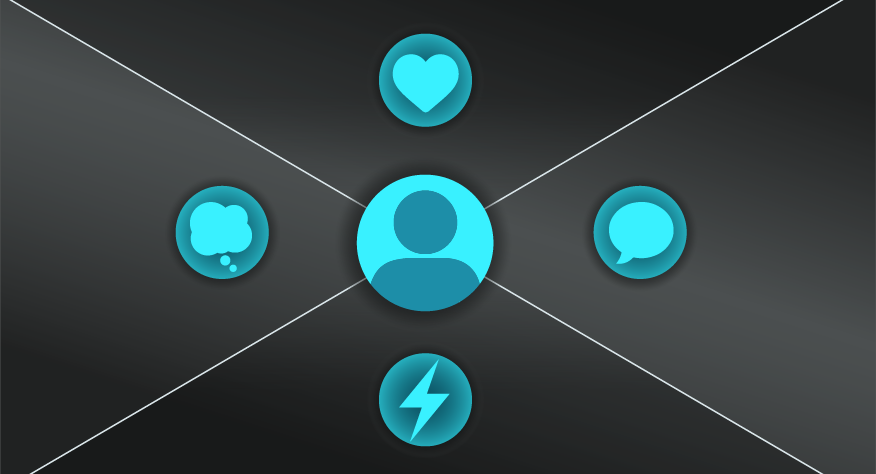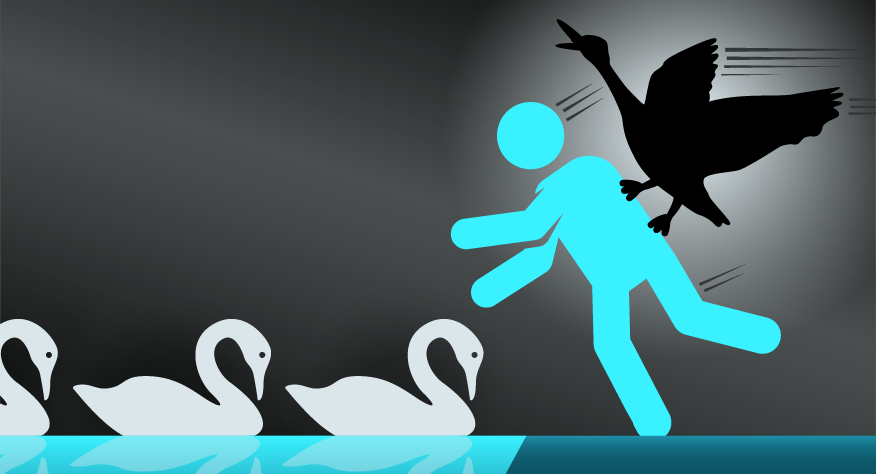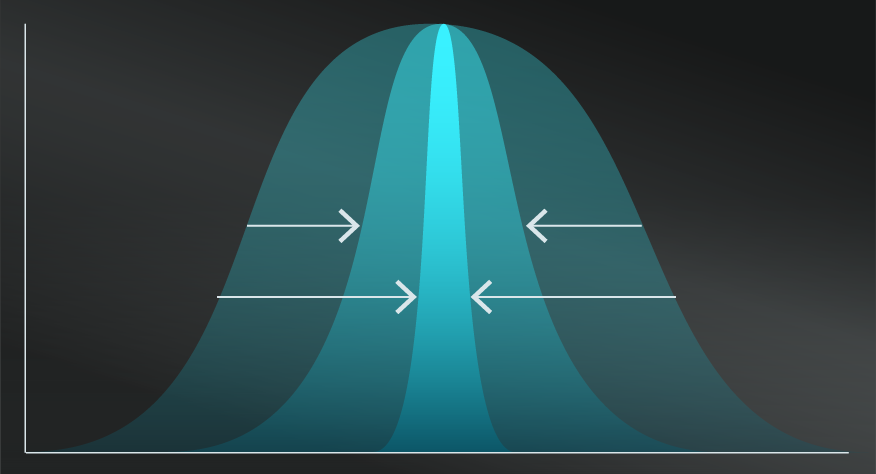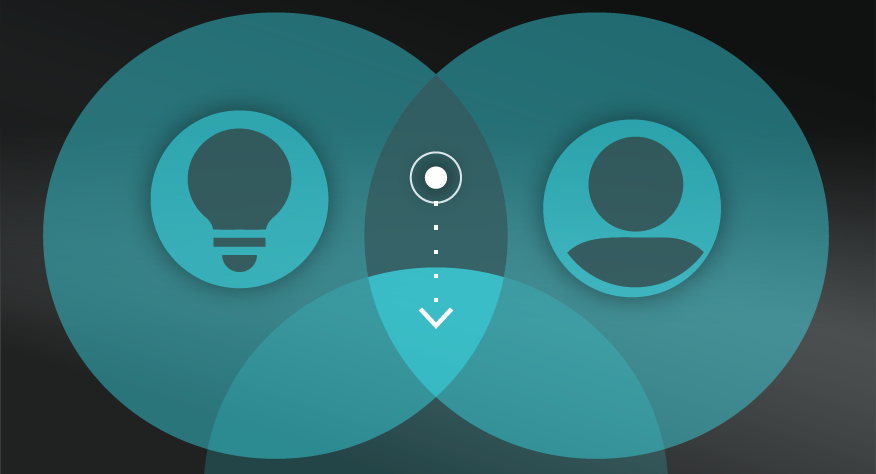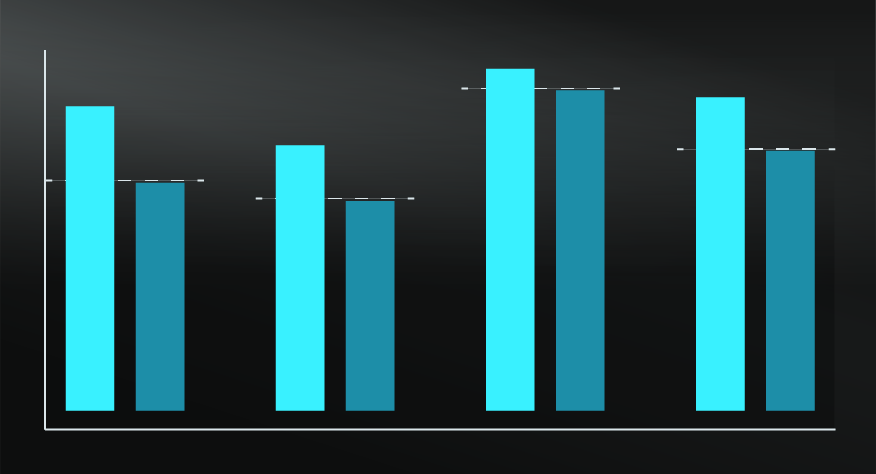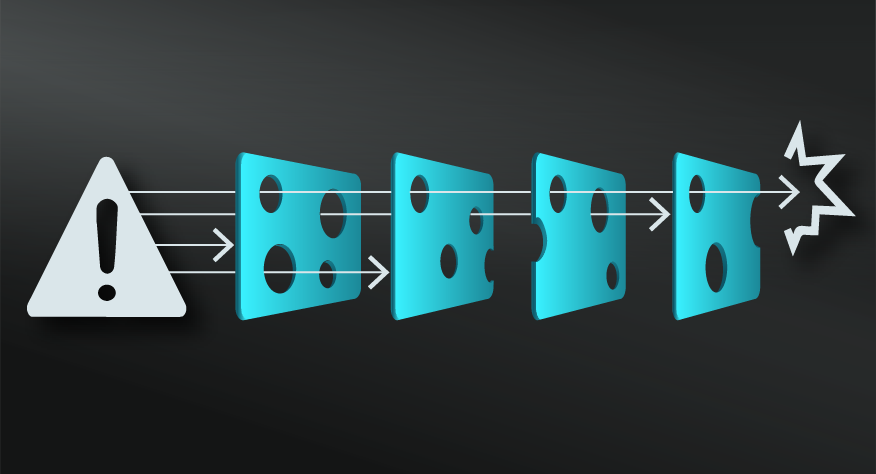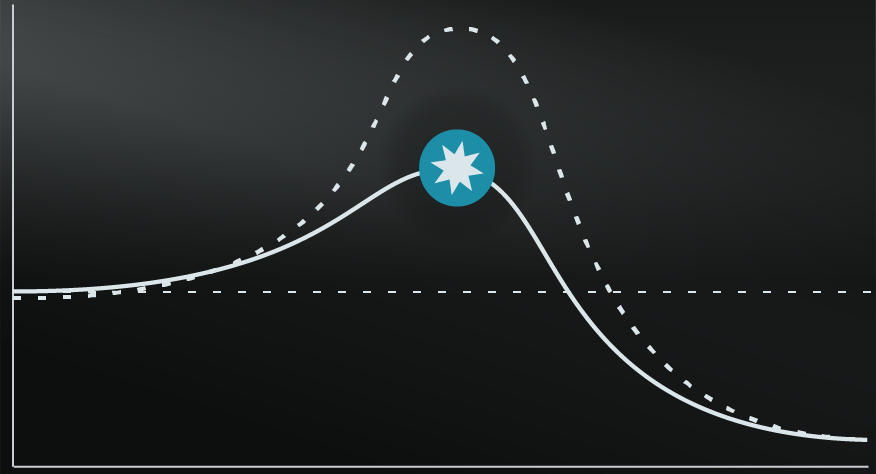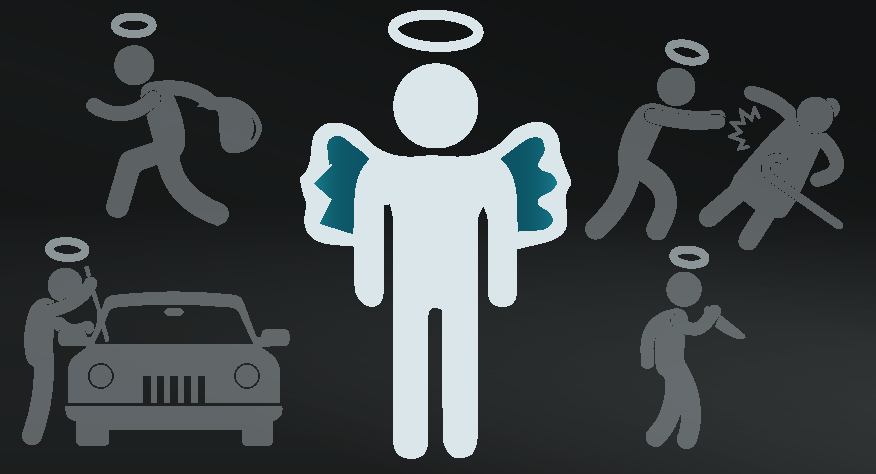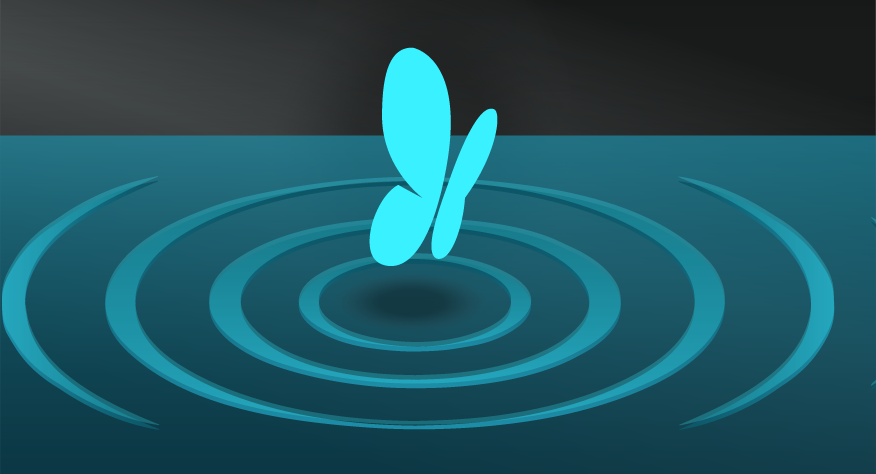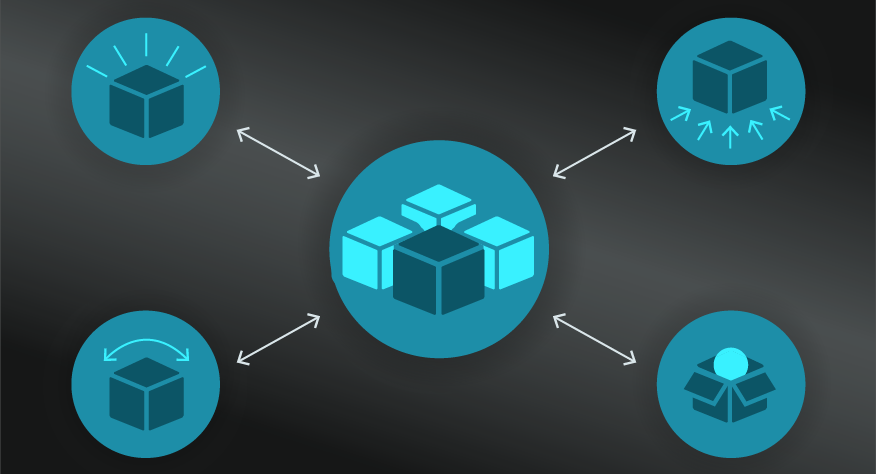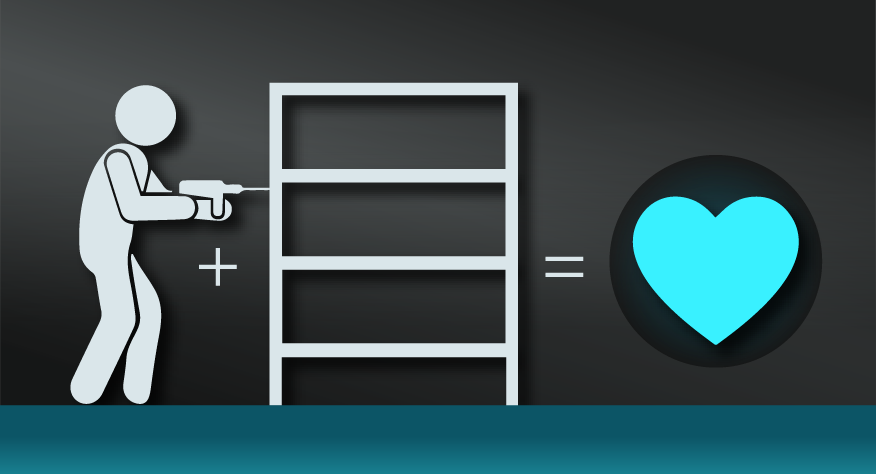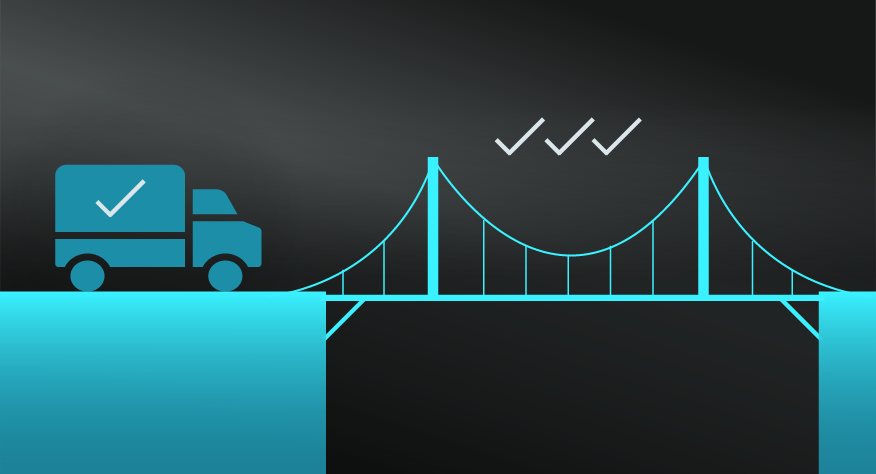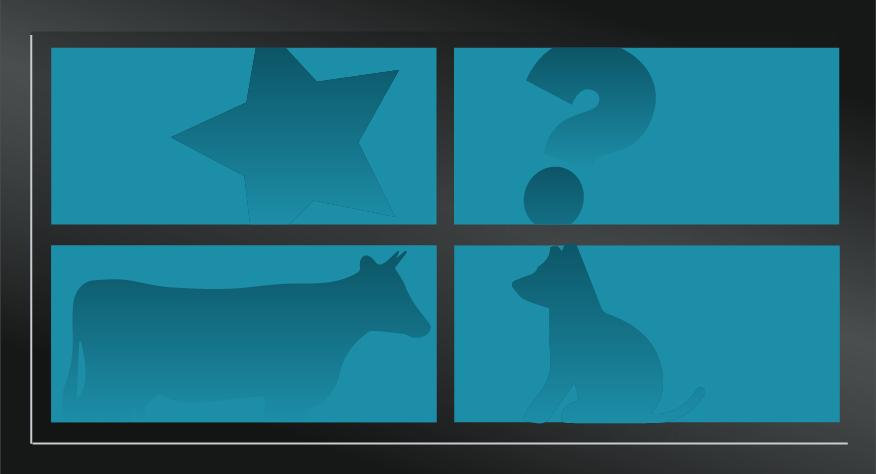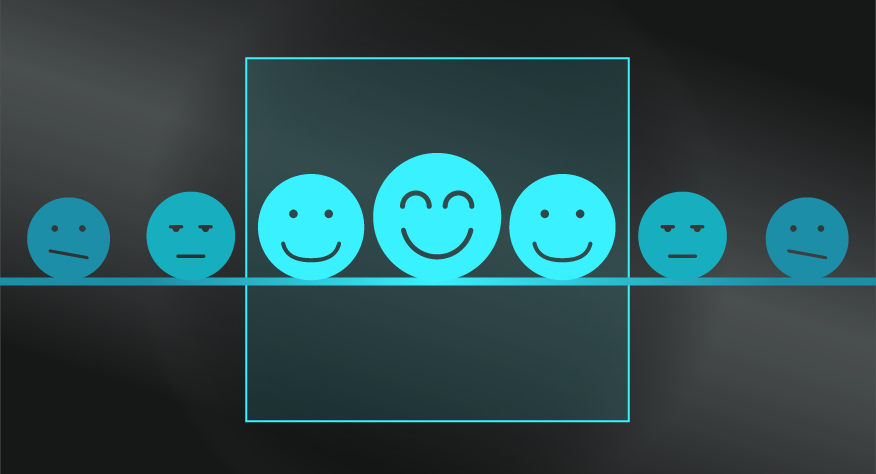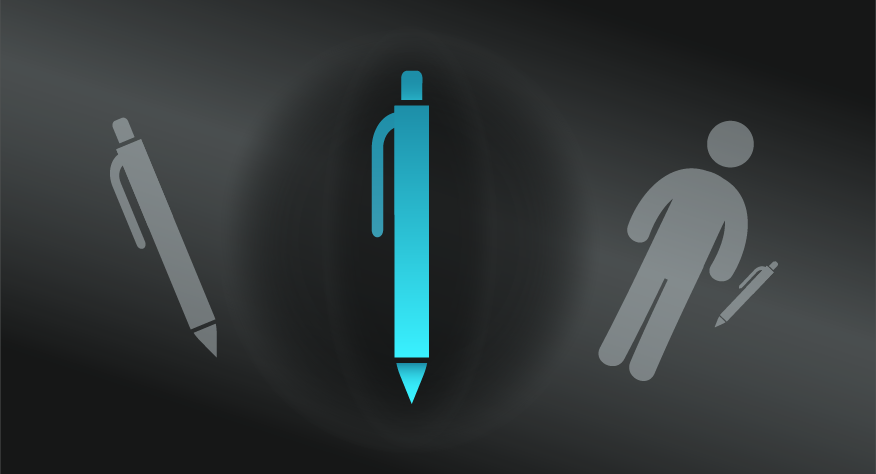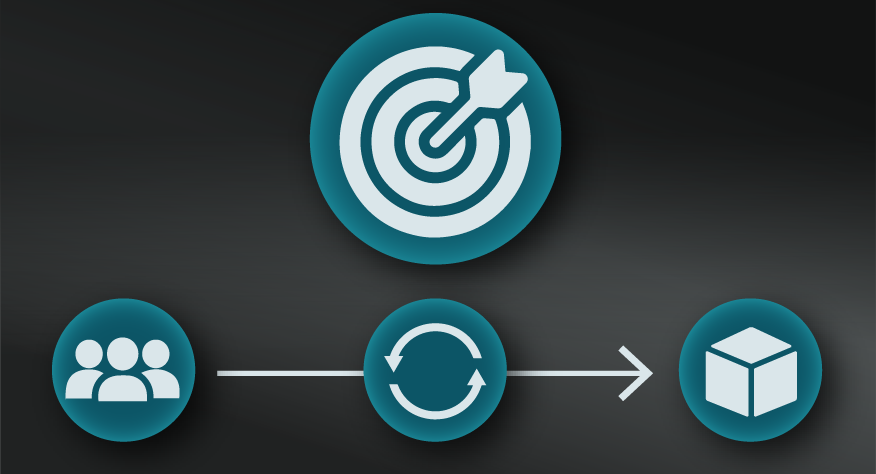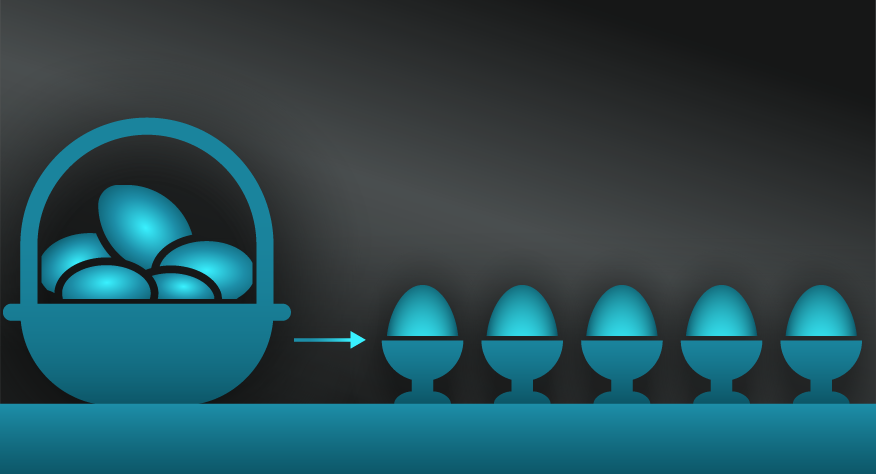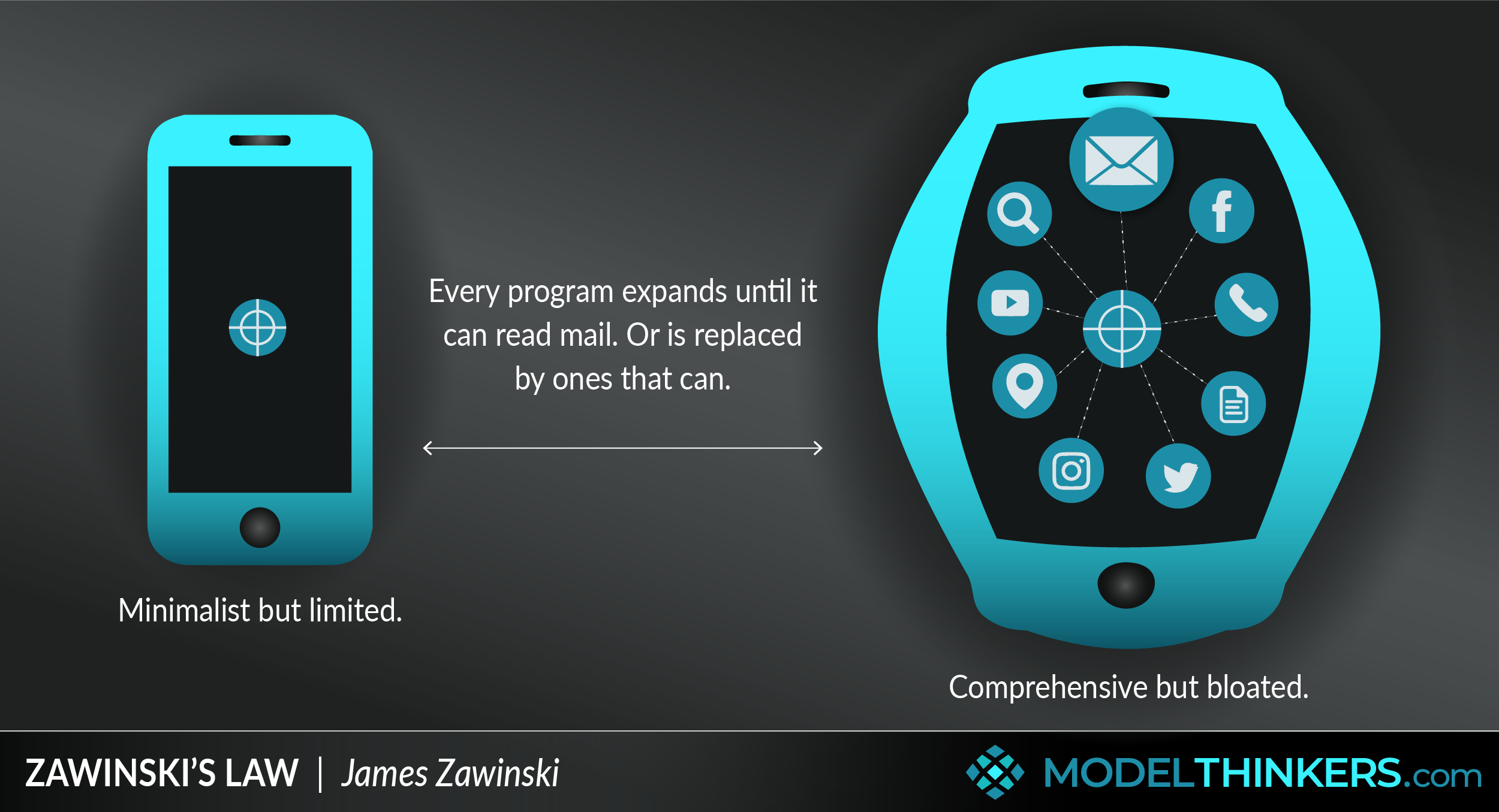
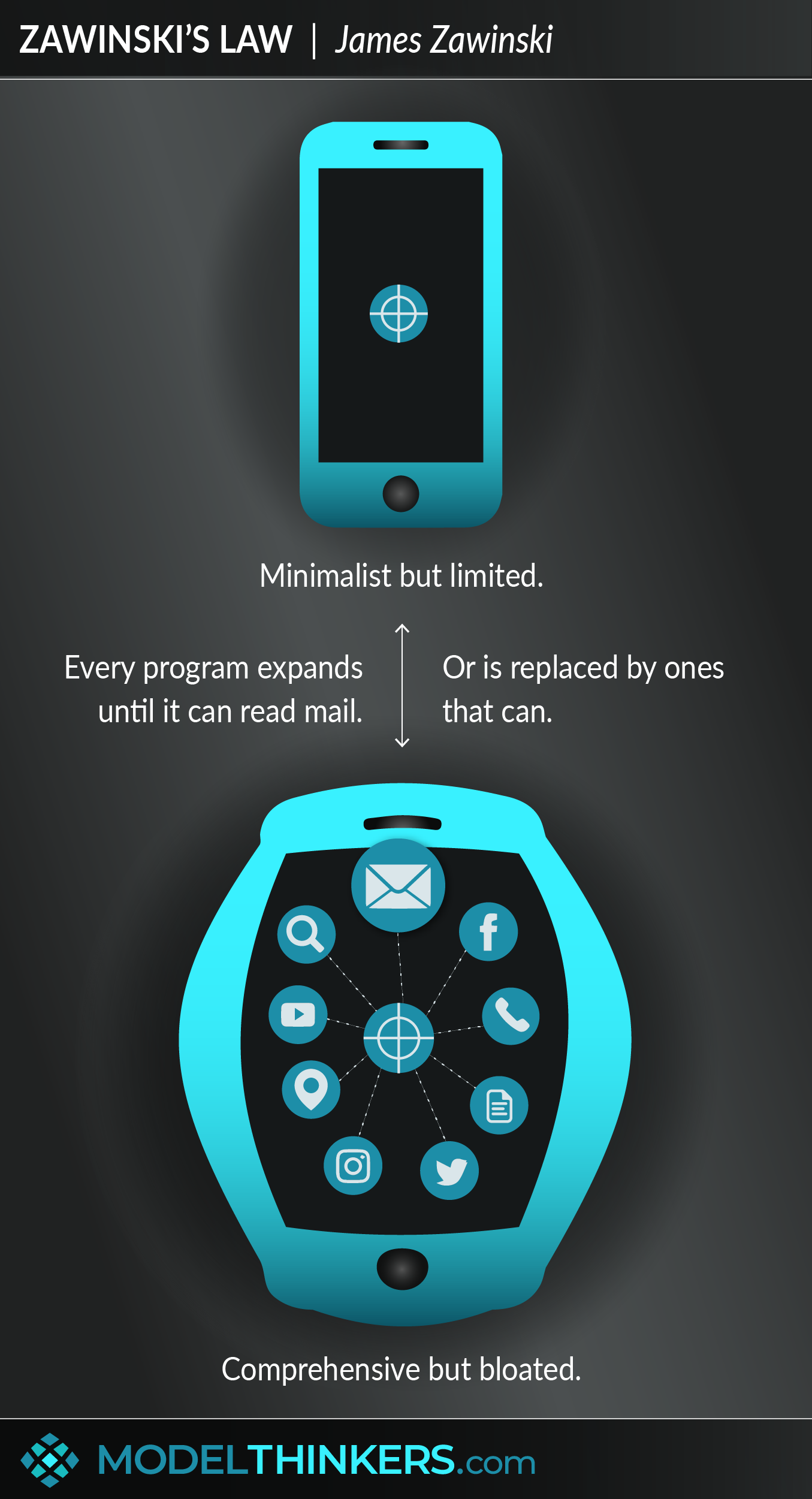
 0 saved
0 saved
 22.7K views
22.7K views








You want that new app to be streamlined and deliver clear value, but you also get annoyed when you have to switch apps to complete a task? We hear you.
Zawinski’s Law captures common market pressure on software solutions, stating that “every program attempts to expand until it can read mail. Those programs which cannot so expand are replaced by ones which can.”
FOCUSED VS HOLISTIC.
Coined by software developer Jamie Zawinkski as the Law of Software Envelopment, it captures the tension between delivering a minimalist solution that solves a specific problem versus end user demand for an integrated and holistic solution that includes a range of popular functionality.
It highlights the challenge of delivering a targeted solution when the user experience and market demands a broad toolkit and/or platform. This inevitably leads to feature creep or, where such creep is resisted, potentially being replaced by a competitor who has incorporated the additional but peripheral functionality.
Beyond software development, it raises the need to balance solving a targeted and specific problem versus providing an end to end experience in an integrated ecosystem.




- Strive towards minimalism with a flexible roadmap.
No matter what product you are developing, whether software or consumer goods, avoid adding extra, nice-to-have features in response to every customer request. Product roadmaps must be flexible and responsive to customer demand, but they must also consider the impact of each new feature and whether it aligns with the core product and value proposition.
- Discover your customers’ real needs.
Zawinski’s Law is a reminder to develop new features that are necessary and add strategic value to your product. Such judgements can be challenging and should be based on a deep customer centric approach.
- Engage and challenge your customers.
Such requests provide an opportunity to understand your customer needs, communicate the core values of your product, and paint a picture of how it might work as part of a broader product ecosystem. Rather than pose it as the solution, it’s about positioning it as part of an ecosystem.
- Consider integration over feature creep.
Consider how your solution works seamlessly in a larger ecosystem, rather than trying to recreate the entire ecosystem within your product.
Zawinski likely coined this law inspired by his experiences in the 1990s. It could be argued that today computers and operating systems have developed to the point where app switching is commonplace, and that there is less of a need for a ‘one stop shop’ for all of a user's needs.
Similarly, there has also been a trend away from so called 'monolithic' development strategies, to a microservice architecture — where small apps connect with one another via APIs.
Netscape mail.
Zawinski’s proof for the law that bears his name, and perhaps his inspiration, was that he was involved in developing Netscape Mail functionality in 1995.
Zawinkski’s law relates to feature creep and software bloating, and the challenge of delivering targeted products when users want integrated and holistic solutions.
Use the following examples of connected and complementary models to weave Zawinski’s law into your broader latticework of mental models. Alternatively, discover your own connections by exploring the category list above.
Connected models:
- Features vs benefits: basic language to engage effectively with customers about required features.
- Lock-in effect: often the additional feature requests are the requirements for customers to shift using an existing solution to yours.
Complementary models:
- RICE score, kano method, Effort impact matrix and MoSCoW method: to prioritise product features and avoid bloat.
- Lean thinking: considering how to deliver real value with fewer resources, and potentially features.
- Minimum viable product: to test core basic features rather than falling into feature bloat.
- Golden circle: to identify the core purpose of your business to guide product feature decisions.
- First principles: understanding the core offer of a product and need of a customer.
- Circle of competence: the risk of straying beyond expertise during feature creep.
- Cost-benefit analysis: to assess the impact of a new feature.
- The Lindy effect: to identify features and requirements worth investing in.
- The red queen effect: understanding that as you add features to your product, your competitors will likely do the same.
- Eisenhower matrix: which can be used to develop a product roadmap strategy.
Zawinski’s law is also known as the law of software envelopment, which was the name that Zawinski gave to it.
Zawinski's Law was developed by American computer programmer James Werner Zawinski, whose work includes contributions to Mozilla, XEmacs, and the first versions of the Netscape Navigator web browser. View Zawinski’s blog here.
 My Notes
My Notes
Oops, That’s Members’ Only!
Fortunately, it only costs US$5/month to Join ModelThinkers and access everything so that you can rapidly discover, learn, and apply the world’s most powerful ideas.
ModelThinkers membership at a glance:






“Yeah, we hate pop ups too. But we wanted to let you know that, with ModelThinkers, we’re making it easier for you to adapt, innovate and create value. We hope you’ll join us and the growing community of ModelThinkers today.”





